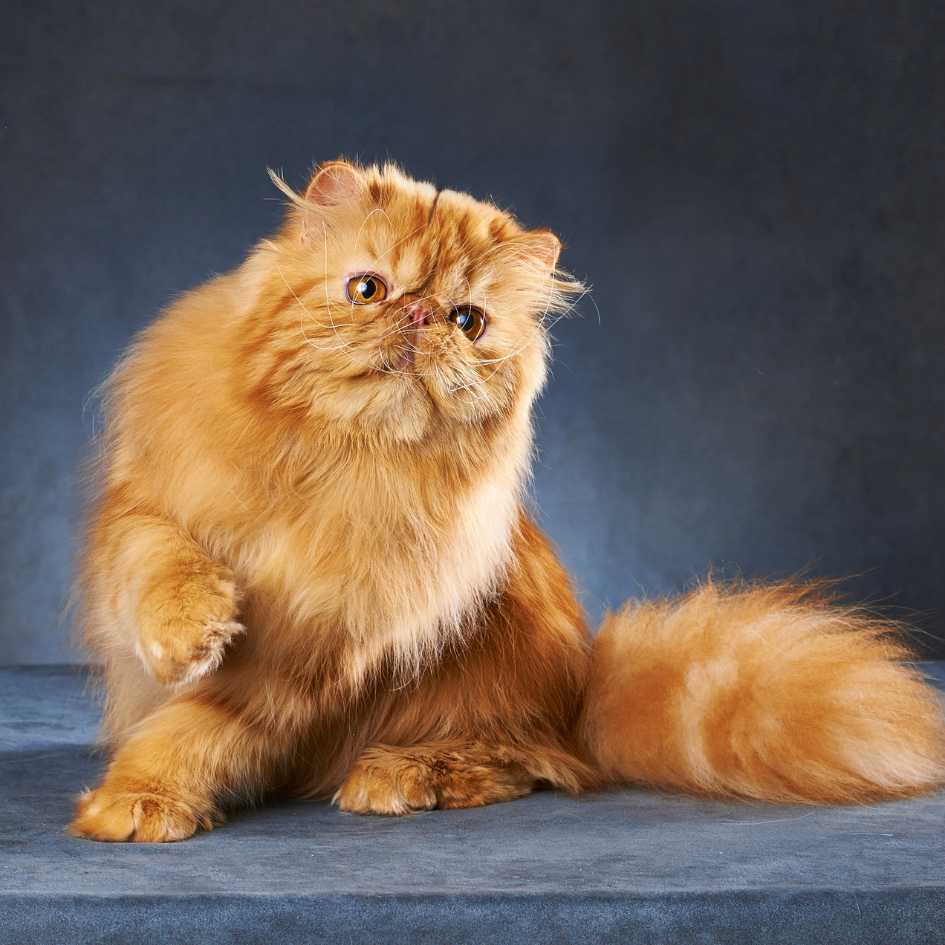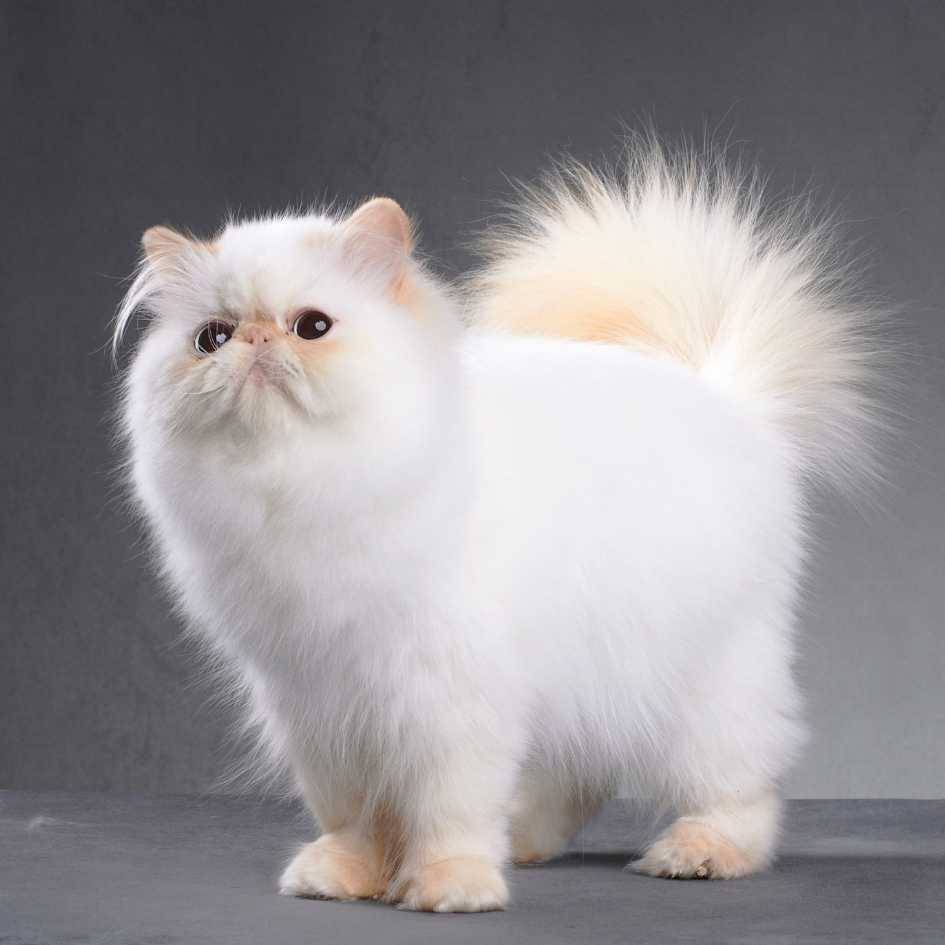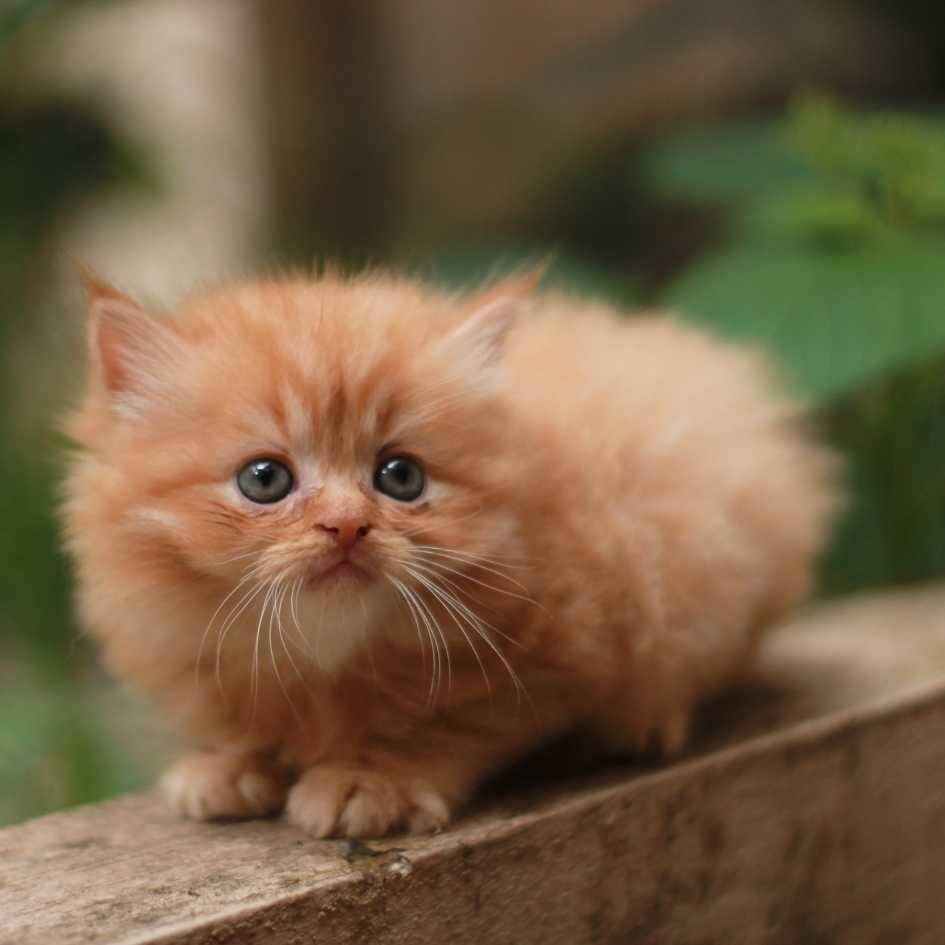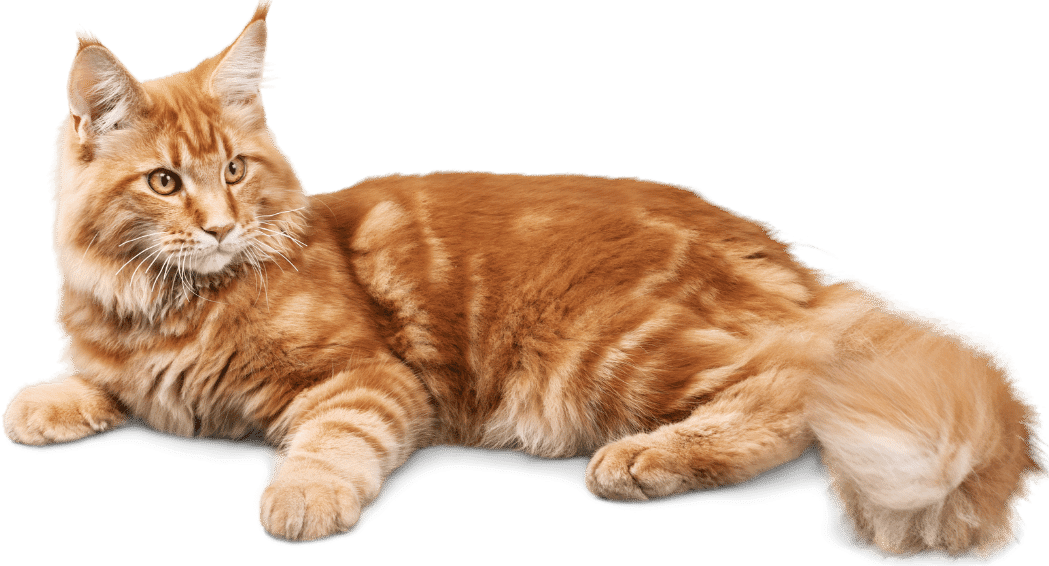The Ultimate Persian Cat Breed Profile

If you’re a passionate cat owner or just fascinated by different cat breeds, the Persian cat stands out as a breed of unmatched beauty, elegance, and charm. Known for its luxurious coat and serene temperament, the Persian cat is one of the most beloved cat breeds in the world. This article offers a comprehensive breed profile filled with essential facts and tips—making it a valuable read for anyone considering adopting a Persian or simply wanting to better understand this majestic feline.
What Is a Persian Cat? A Look Into Its Regal Origins

The Persian cat is an ancient breed that traces its roots to Persia (modern-day Iran), making it one of the oldest recognized cat breeds. It first appeared in Europe in the 1600s, becoming wildly popular due to its exotic looks and calm demeanor.
According to the Cat Fanciers’ Association (CFA), the Persian was showcased at the world’s first cat show in 1871, held at London’s Crystal Palace. This breed quickly captured the attention of royalty and the elite, thanks to its luxurious coats and dignified bearing.
Today, the Persian cat breed remains one of the most favored among cat breeders and owners alike. The International Cat Association (TICA) and CFA both hold strict standards for this breed, underscoring its significance in the feline world.
Why Are Persian Cats So Popular Among Cat Breeds?

Among all cat breeds, the Persian cat is revered for its stunning looks and docile personality. Its appeal lies in a combination of physical elegance and temperament, which makes it ideal for households seeking a relaxed and affectionate feline companion.
The Persian’s dense fur, round eyes, and flat face make it instantly recognizable. They are known to be gentle, affectionate, and good with both adults and children—traits that endear them to a wide range of cat owners.
This breed is also known for its calm nature. Unlike more hyperactive cat breeds, Persians enjoy lounging around, which is perfect for more laid-back homes or apartment living.
What Makes the Persian Cat Breed Unique?

The Persian cat is a brachycephalic breed, meaning it has a short muzzle and flat face, which gives it a distinct profile. This feature, combined with their large eyes and thick undercoat, gives the Persian its characteristic look.
Unlike many other cat breeds, the Persian has a variety of coat colors and patterns. Common ones include tabby, lilac, tortoiseshell, and even Himalayan, which is sometimes considered a separate breed but often included under the Persian umbrella.
Another distinguishing trait is the breed’s long hair, which requires significant care. The Persian cat’s coat is not only beautiful but also prone to tangle, mats, and buildup if not maintained through regular grooming.
How to Properly Groom a Persian Cat’s Long Coat

Proper grooming is essential to maintain the Persian cat’s luxurious coat. Their dense fur can easily become matted, leading to discomfort and even skin health issues if neglected.
To prevent mats and tangles, cat owners should use a wide-toothed comb, slicker brush, and a brush with soft bristles. Daily brushing is ideal to keep their fur smooth and free from debris. Some owners also opt to shave parts of the cat’s body in warmer months, especially if grooming becomes difficult.
For more severe matting, it may be wise to consult a groomer or visit a veterinarian. Sometimes professional care is required to avoid causing your Persian discomfort. Regular grooming not only keeps the coat healthy but also helps to spot any hidden skin issues early.
What Are the Most Common Health Problems in Persian Cats?

Unfortunately, the Persian breed is prone to several health issues due to its physical structure and genetics. Common conditions include:
- Polycystic kidney disease (PKD) – This inherited condition leads to cyst formation in the kidneys and can eventually cause kidney failure.
- Progressive retinal atrophy (PRA) – A degenerative eye disease that may lead to blindness.
- Hypertrophic cardiomyopathy – A form of heart disease prevalent in many purebred cats.
- Respiratory problems due to their brachycephalic features, which can lead to airway obstruction and tear staining.
Regular check-ups with your veterinarian and early detection through veterinary screenings can mitigate the risk and progression of these diseases. Always work with a responsible breeder who screens for genetic disorders.
Feeding and Nutrition: What Should a Persian Cat Eat?

Feeding your Persian cat a high-quality diet is essential for maintaining its health and beautiful coat. Opt for protein-rich kibble that supports hair health, along with essential nutrients like Omega-3 fatty acids.
Dental care is also vital. Plaque buildup can lead to dental issues if not managed. Some vets recommend dental treats or even brushing your cat’s teeth to prevent complications.
Because Persians are less active than other cat breeds, they may be more prone to diabetes or weight gain. Monitor their portions and include interactive toys or play sessions to keep them mentally stimulated and physically fit.
How to Care for a Persian Kitten

Raising a Persian kitten involves special attention, especially during the early developmental stages. Kittens require frequent feeding, a warm environment, and initial veterinary checks to rule out congenital conditions like polycystic kidney disease.
Start grooming your kitten early to get them accustomed to daily brushing. Introduce tools like the comb and brush gently to make the process enjoyable. Early grooming habits ensure a stress-free grooming routine as the cat matures into an adult Persian.
Socialization is also key. Introduce the kitten to various stimuli—different people, sounds, and settings—to build a well-rounded personality.
What Are the Temperament and Personality Traits of a Persian Cat?

Known for their calm, almost lion-like demeanor, Persians are often described as the aristocrats of the cat world. They exhibit quiet affection and tend to form deep bonds with their owners.
Unlike many cat breeds, Persians don’t demand attention but appreciate it when given. They are perfect lap cats and will happily sit by your side during quiet evenings. Though not the most active, they enjoy gentle play sessions and benefit from toys that offer mental stimulation.
If you’re looking for a cat with a mellow and affectionate disposition, the Persian could be your ideal match.
Persian Cat Show Standards: What Do Judges Look For?

Participating in a cat show with a Persian requires meeting specific breed standards outlined by associations like the CFA and the International Cat Association. Judges look at several criteria:
- Flat face, short muzzle, and full cheeks
- Large, round eyes
- Dense, flowing coat with vivid color
- Symmetrical body proportions
Show Persians require immaculate grooming, so daily maintenance, trim work, and perhaps even professional help from a groomer are essential.
Are Persian Cats the Right Breed for You as a Cat Owner?

While their beauty is undeniable, Persian cats require a considerable amount of time and effort—especially in terms of grooming and health care. Prospective cat owners should assess if they have the time and budget for regular veterinary visits and grooming needs.
That said, the affection and companionship offered by a Persian make all the effort worthwhile. If you’re prepared for the commitment, the Persian cat could become a truly rewarding companion.
Key Takeaways for Cat Owners

- The Persian cat breed originated from Persia and is known for its elegant appearance and calm nature.
- It is a brachycephalic cat, prone to respiratory and dental issues due to its flat face.
- Requires regular grooming to prevent mats, tangle, and buildup in its dense fur.
- Prone to genetic conditions like polycystic kidney disease, heart disease, and progressive retinal atrophy.
- Best suited for indoor living and cat owners with the time











































